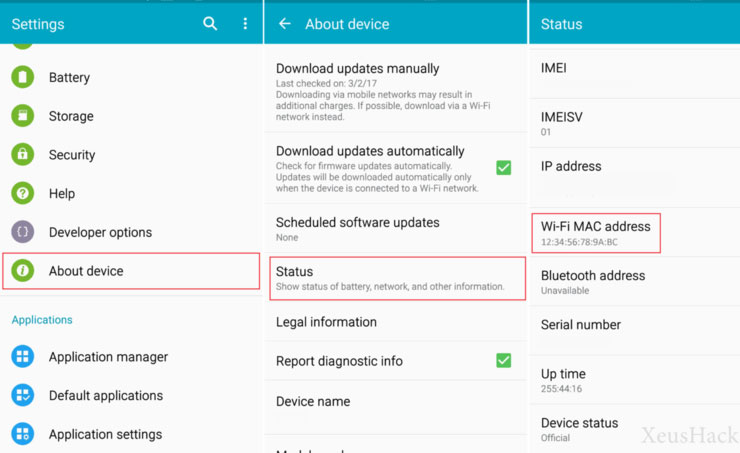

AP steering is a distributed protocol that runs on a local control plane model. Included in the metric exchange is a client count value – enabling every AP to have a real-time picture of the client distribution.Īlso interesting is the fact that this process occurs completely independent of the cloud controller. This keeps the process local to the relevant floor or building depending on the network design. Since the DB exchange occurs as a L2 broadcast, only APs with management IP addresses on a common segment will participate. The APs broadcast that database information via an encrypted message exchange process over UDP 61111. Those requests scan each channel in the frequency band, allowing every Meraki access point in the environment to identify the client’s MAC address and relative signal strength (RSSI).Įvery Meraki access point keeps a live, local database of all associated and unassociated clients it sees including RSSI metrics. The best part? It does so automatically literally zero configuration.ĪP steering is compatible with all client device types and uses a combination of Meraki-proprietary and industry-standard techniques to gather information and steer clients appropriately.Įvery Wi-Fi client broadcasts active probe requests when looking to join an SSID.

If the client count really starts to climb, latency and network performance can suffer unnecessarily.Ĭisco Meraki’s added some magic to the association decision process by inferring wireless client signal strength accross all APs on the network and (in real-time) steering clients to the access point best suited to service the device. More clients associated to a shared AP means more contention for airtime fairness between clients. This tends to lead to the same uneven per-AP client distribution. The problem is the same entryway AP still often wins out due to proximity. More astute wireless clients attempt to first calculate the signal-to-noise ratio of the available APs around them and pick the one with the best result. If you have enough of these kinds of devices all entering a building or room through a common path, you might find all the clients connecting to the same access point unintentionally. Most devices connect to the first AP they discover advertising the intended SSID to join. Most wireless client’s aren’t smart, at least when it comes to picking what AP to join in crowded Wi-Fi spaces.


 0 kommentar(er)
0 kommentar(er)
